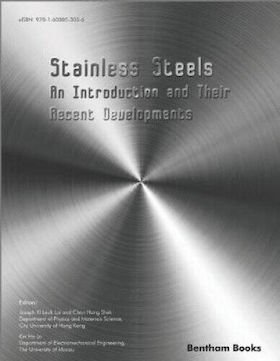
-----
Cause of Discoloration of stainless steel pump seal?
Q. We are investigating a mechanical seal failure on a large pump in which a couple of the components of the seal are stainless steel sleeves of the following material:
1) ASTM A351 Gr. CF3 (cast 18-8 LC)
2) ASTM A351 Gr. CF3 w/ LC-4 Cr Oxide Coating (cast 18-8 LC)
These two sleeves are separated by a very small gap (I don't have the dimension handy). We are seeing a multi-colored hue (straw/yellow, brown, blue, etc.) on the OD of the inside sleeve and the ID of the outer sleeve. The only material that should be in the environment is a very small amount of water. Furthermore, this water is not expected to be above 200 °F, and our calculations show that it is not reasonable to assume that it should ever get above 300 °F based on the flow of water (nominally 0.0022 gpm).
So the question is, what's causing the discoloration? Is it heat related? Chemically induced? If so, what do we look for in an EDX/XRD examination? Is there a different analytical technique we should use, such as Auger spectroscopy? What temperatures would be required to cause it if it is due to heat? Etc.
Thanks for any insights.
Dan Lyons- San Clemente, California, USA
2003
A. Using the same water, fill up a bucket. Put a large area of each of the two metals you mentioned that have had about the same "work hardening" into the bucket, then with a very sensitive meter check for galvanic voltage. Then leave over night and look for discoloration the next morning.

on eBay or Amazon
or AbeBooks
(affil link)

Robert H Probert
Robert H Probert Technical Services
Garner, North Carolina

A. What you have described looks a lot like "Rouging": The colouring of the environment of stainless steels due to reduction of the passive Chromium Oxide layer, and forming of Iron-Oxide or Iron-Hydroxide. Please look at
corrosion-doctors.org/MatSelect/rouging.htm ⇩.
- Apeldoorn, The Netherlands
Ed. update May 2025: Sorry that link is broken and the site apparently no longer exists.
Q, A, or Comment on THIS thread -or- Start a NEW Thread